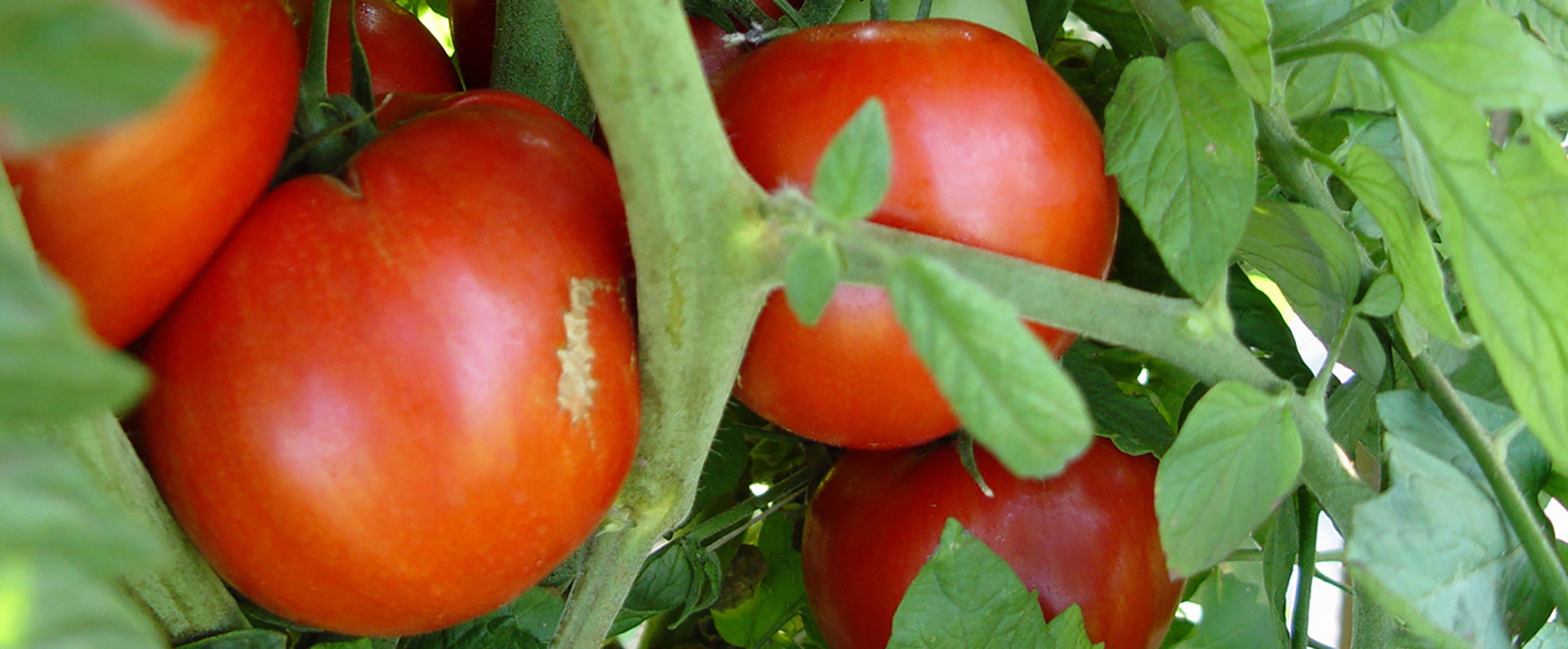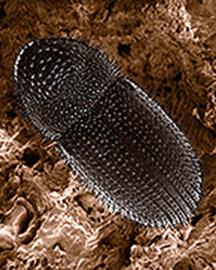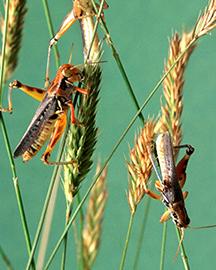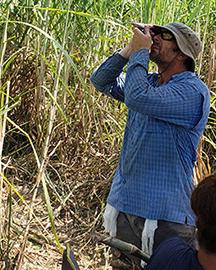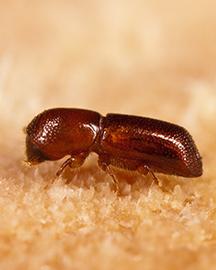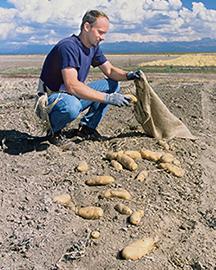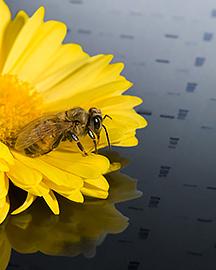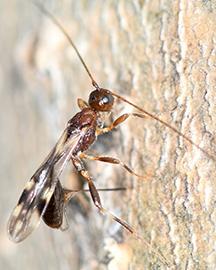Conventional Herbicide Beefs Up Effective Biofumigant
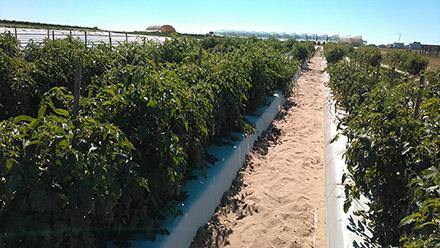
For decades, methyl bromide was the principal soil fumigant for controlling pests, weeds, and pathogens that can diminish the yield and quality of fruit, vegetable, and ornamental crops. However, human and environmental health concerns led to methyl bromide’s complete phase out by 2015. Safer alternatives have since emerged, including a biofumigant derived from the essential oils of certain mustard plants. This biofumigant successfully rid the soils of such crop threats as root-knot nematodes and the tomato wilt bacterium, Ralstonia solanacearum.
However, ARS scientists in Fort Pierce, FL, observed that the biofumigant fell short against certain weeds, like purple nutsedge. In fact, more than twice the label-recommended amount of the biofumigant was needed to tame the weed in trials that the researchers conducted with tomato and bell pepper plants. In follow-up research, they found that combining the biofumigant with one of two registered herbicides (fomesafen or halosulfuron) seemed to do the trick, curbing infestations of the weed as well as reducing nematodes and the incidence of tomato wilt bacterium. The combination also had no effect on tomato and pepper plants. The findings help better position the biofumigant as a broad-spectrum methyl bromide alternative that growers can use, particularly in areas where taming stubborn weeds like nutsedge may require the helping hand of a co-applied herbicide.


